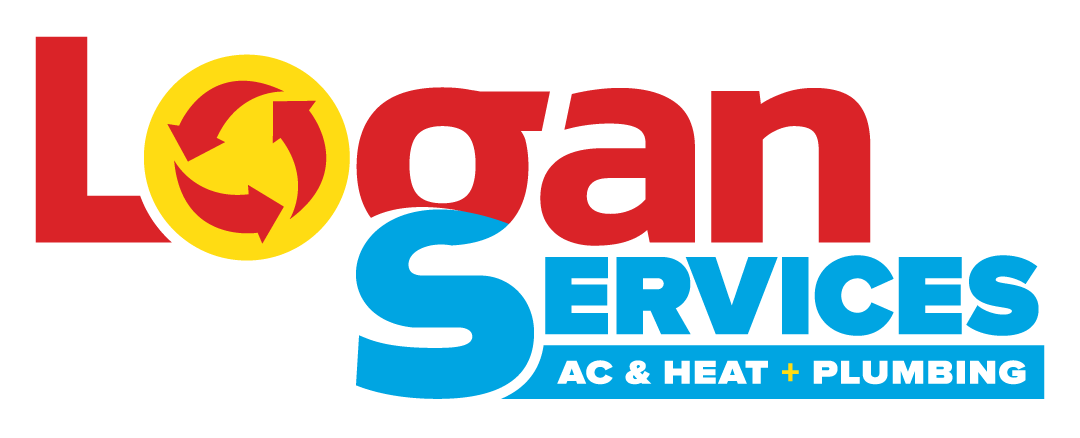As a homeowner, understanding your furnace’s fuel consumption is key to controlling energy costs and maintaining an efficient, comfortable environment. Regarding propane furnaces, this understanding can be a bit more intricate. Churning through the numbers might seem daunting, but with a structured approach and a little know-how, it’s a feat well within your grasp. This article will guide you on how much propane your furnace might use in a day, introducing important information about propane furnaces, techniques to calculate propane consumption, and tips for maximizing propane efficiency.
Understanding Propane and Your Furnace
Propane is a versatile and efficient energy source for many homeowners, especially regarding heating. Understanding how propane interacts with your furnace can improve efficiency and cost savings. The basics remain consistent whether you’re using propane for a water heater, a propane gas fireplace, or your central heating system.
What is Propane?
Propane is a type of fuel similar to diesel fuel but cleaner-burning. It’s stored as a liquid in tanks and turns into gas before use. Propane is known for its efficiency and is used in various home applications, including heating, hot water, and cooking. Its clean-burning nature makes it a favorite for environmentally conscious homeowners.
Propane’s versatility extends beyond furnace use and supporting devices like water heaters and propane gas fireplaces. This flexibility ensures that propane can meet various household needs from a single source.
Overview of Propane Furnaces
Propane furnaces provide heat by burning propane gas. These furnaces are known for their efficiency, capable of producing a great amount of heat from a relatively small amount of fuel. This makes them an attractive option for homeowners looking to manage their heating costs.
Some propane furnaces feature built-in humidifiers, which work in conjunction with the furnace to maintain a comfortable level of humidity in the home during the heating season. The humidifier is typically connected to the furnace’s ductwork and water supply.
The average propane furnace efficiency can vary significantly, with newer models boasting efficiencies up to 98%. This high-efficiency level reduces propane usage and lowers homeowners’ heating bills.
Calculating Propane Usage for Furnaces
Knowing how much propane a furnace uses is crucial for planning and budgeting. However, calculating this isn’t as straightforward as it seems, given the numerous factors that can influence propane consumption.
Factors Affecting Propane Consumption in a Furnace
- House Size: Larger homes require more energy to heat, leading to higher propane usage.
- Furnace Efficiency: More efficient furnaces use less propane to generate the same amount of heat.
- Temperature Settings: Higher thermostat settings can significantly increase propane consumption.
- Insulation Quality: Well-insulated homes retain heat better, reducing the need for continuous heating and, by extension, propane usage.
How to Calculate Daily Propane Usage
To calculate your furnace’s daily propane usage, identify the furnace’s BTU (British Thermal Unit) rating and the propane price per gallon. Determine the furnace’s efficiency and the hours per day it runs. This data allows you to estimate the daily cost and propane consumption.
For example, a furnace with a 100,000 BTU rating operating for 10 hours at 75% efficiency would use an approximate amount of propane daily. This calculation can help homeowners manage their heating costs effectively.
Maximizing Propane Efficiency in Your Furnace
Maintaining an efficient propane furnace conserves fuel and reduces heating bills. Proper care and smart usage are key to achieving this.
Maintenance and Care for your Propane Furnace
- Regularly replacing or cleaning air filters to ensure smooth airflow.
- Scheduling routine maintenance checks to identify and fix potential issues early.
- Ensuring proper insulation in your home to maximize heat retention.
These steps can greatly extend the lifespan of your furnace and bolster its efficiency. Additionally, investing in a programmable thermostat can facilitate more precise control over your home’s temperature, further optimizing propane usage.
Tips for Saving Propane
- Lower the thermostat by a few degrees, particularly when the home is unoccupied.
- Seal leaks around doors and windows to prevent heat loss.
- Consider upgrading to a high-efficiency furnace to reduce propane consumption. If upfront cost is a concern, check out this guide for financing options for furnace purchases.
These simple yet effective strategies can significantly reduce propane consumption and overall energy bills, fostering a more sustainable and cost-efficient home environment.
The Logan Difference
Choosing Logan Services means partnering with a company that values excellence, integrity, and customer satisfaction. Our BBB accreditation speaks to our commitment to quality service. With free in-home estimates, partnership with top brands, and a focus on fast, friendly service, we stand ready to assist Ohio homeowners in achieving efficient and reliable home heating.
Let Logan Services help you maximize your propane efficiency and ensure your home stays warm and comfortable. Trust us for all your heating needs.
Frequently Asked Questions (FAQs)
How do I determine the size of my propane furnace?
The size of your propane furnace is measured in British Thermal Units (BTUs). The BTU rating is on the furnace’s nameplate or the owner’s manual. A typical residential propane furnace ranges from 40,000 to 150,000 BTUs.
What is the average propane consumption for a 2,000-square-foot home?
The average propane consumption for a 2,000-square-foot home varies depending on factors such as climate, insulation, and furnace efficiency. However, a rough estimate is that a home of this size might consume between 2 and 4 gallons of propane per day during the heating season.
How can I calculate my daily propane consumption?
To calculate your daily propane consumption, use the following formula: (Furnace BTU input / Propane BTU per gallon) × Hours of operation per day.




















